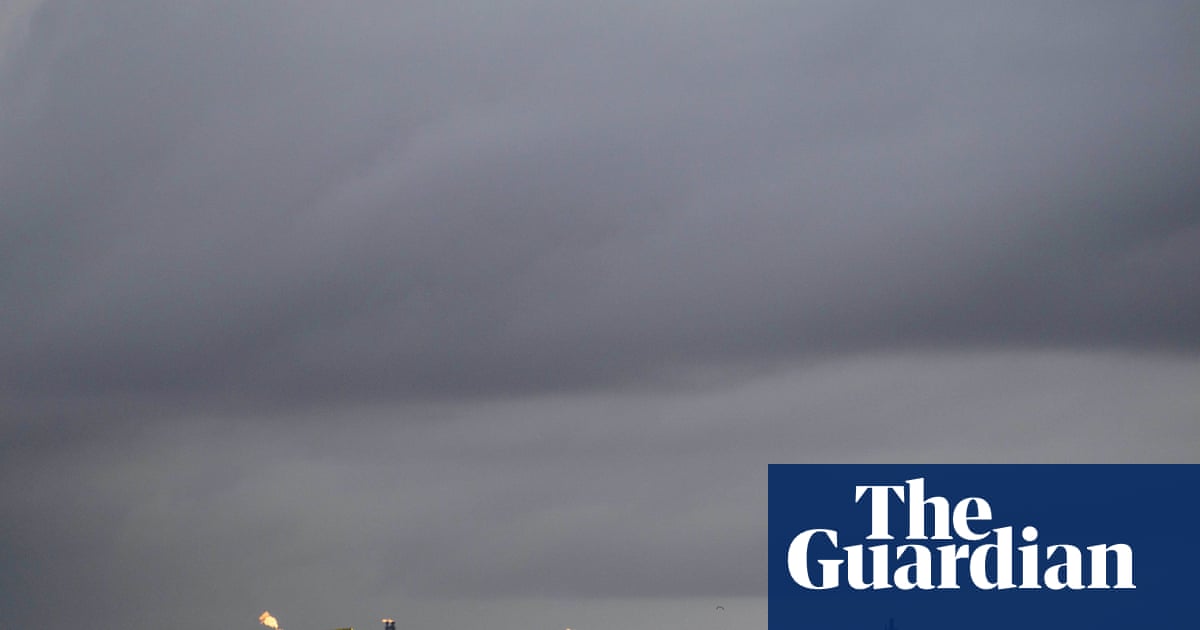Tessera is a declarative, immediate-mode UI framework for Rust. With a functional approach at its core, it aims to provide ultimate performance, flexibility, and extensibility.
The project is currently in its early stages of development. Feel free to explore the latest progress through the example code.
The roadmap is now organized by crate:
-
IME support for Android
-
API optimization
- Easier way for measure_node(s)
- Easier way for place_node
- and more...
-
Optimize rendering performance
-
Design how to provide async API to components
-
Optimize touch screen adaptation
- Beautify/optimize these components
- checkbox
- dialog
- slider
- text_editor
- progress
- image component supports more formats
- Add these components
- radio
- bottom sheet
- Declarative Component Model: Define and compose components using simple functions with the #[tessera] macro, resulting in clean and intuitive code.
- Powerful and Flexible Layout System: A constraint-based (Fixed, Wrap, Fill) layout engine, combined with components like row and column (inspired by Jetpack Compose), makes it easy to implement responsive layouts from simple to complex.
Example of `row`, viewable in `example/alignment_showcase.rs`
-
Pluggable Shader Engine: Shaders are first-class citizens in Tessera. The core of Tessera doesn't come with built-in drawing primitives like a "brush". Instead, it provides an easy-to-use WGPU rendering/compute pipeline plugin system, offering an experience closer to some game engines. This is intentional, for the following reasons:
- The Advent of WGPU: The emergence of WGPU and WGSL has made shader programming simpler, more efficient, and easily adaptable to mainstream GPU backends. Writing shaders directly is no longer a painful process.
- Neumorphism: In recent years, pure flat design has led to visual fatigue, and more applications are adopting neumorphic design styles. The main difference from the old skeuomorphism of the 2000s is its hyper-realistic perfection, which requires many visual effects that are difficult to implement uniformly, such as lighting, shadows, reflections, refractions, bloom, and perspective. Attempting to encapsulate a perfect "brush" to achieve these effects is very difficult and inelegant.
- Flexibility: With custom shaders, we can easily implement advanced effects like custom lighting, shadows, particle systems, etc., without relying on the framework's built-in drawing tools.
- GPU Compute: One of the biggest advantages of WGPU over its predecessors is that compute shaders are first-class citizens. A future-oriented framework should take full advantage of this. By using custom compute shaders, we can perform complex computational tasks such as image processing and physics simulations, which are often unacceptably inefficient to perform on the CPU.
Using custom shaders instead of a built-in brush allows us to easily achieve advanced glass effects like this. This example can be found in `example/fluid_glass_showcase.rs`.
- Decentralized Component Design: Thanks to the pluggable rendering pipeline, tessera itself does not include any built-in components. While tessera_basic_components provides a set of common components, you are free to mix and match or create your own component libraries.
- Explicit State Management: Components are stateless. State is passed in explicitly as parameters (usually in the form of Arc<Lock<State>> due to the highly parallel design), and interaction logic is handled within the state_handler closure, making data flow clear and controllable.
- Parallelized By Design: The framework utilizes parallel processing in its core. For example, the size measurement of the component tree uses Rayon for parallel computation to improve the performance of complex UIs.
Here is a simple counter application using tessera_basic_components that demonstrates the basic usage of Tessera.
This example can be found in `example/counter.rs`
-
Component Model Tessera components are regular Rust functions annotated with the #[tessera] macro. This macro integrates the component function into the framework's component tree. Inside the function body, you can call measure to customize layout logic, measure and place child component functions to build the UI hierarchy, and call state_handler to handle user interactions.
measure and state_handler are automatically injected into the function context by the tessera macro and do not need to be imported.
-
Layout & Measurement The UI layout is determined during the "measurement" phase. Each component can provide a measure closure, in which you can:
- Measure the size of child components (with constraints).
- Use place_node to determine the position of child components.
- Return the final size of the current component (ComputedData). If no measure closure is provided, the framework defaults to stacking all child components at (0, 0) and setting the container size to the minimum size that envelops all children.
-
State Management Tessera promotes an explicit state management pattern. Components are stateless; they receive shared state via parameters (usually Arc<T>). All state changes and event responses are handled within the state_handler closure, which makes the data flow unidirectional and predictable.
tessera is currently in early development, and there is no stable way to create a project yet. The following uses the example crate as a showcase project that runs on Windows, Linux, macOS, and Android.
-
Install xbuild
-
Run the example
# Find your device ID x devices # Assuming device ID is adb:823c4f8b and architecture is arm64 x run -p example --arch arm64 --device adb:823c4f8b
Tessera adopts a multi-crate workspace structure:
- tessera-ui: Framework core, including the component tree, rendering system, runtime, basic types (Dp, Px), and event handling.
- tessera-ui-basic-components: Provides a set of ready-to-use UI components (such as row, column, text, button, surface) and their rendering pipelines.
- tessera-ui-macros: Contains the #[tessera] procedural macro for simplified component definition. Documentation
- example: Example project demonstrating framework usage.
Read the Contributing Guide for details on how to contribute to the project.
Tessera is licensed under either of the MIT License or the Apache License 2.0.
.png)







